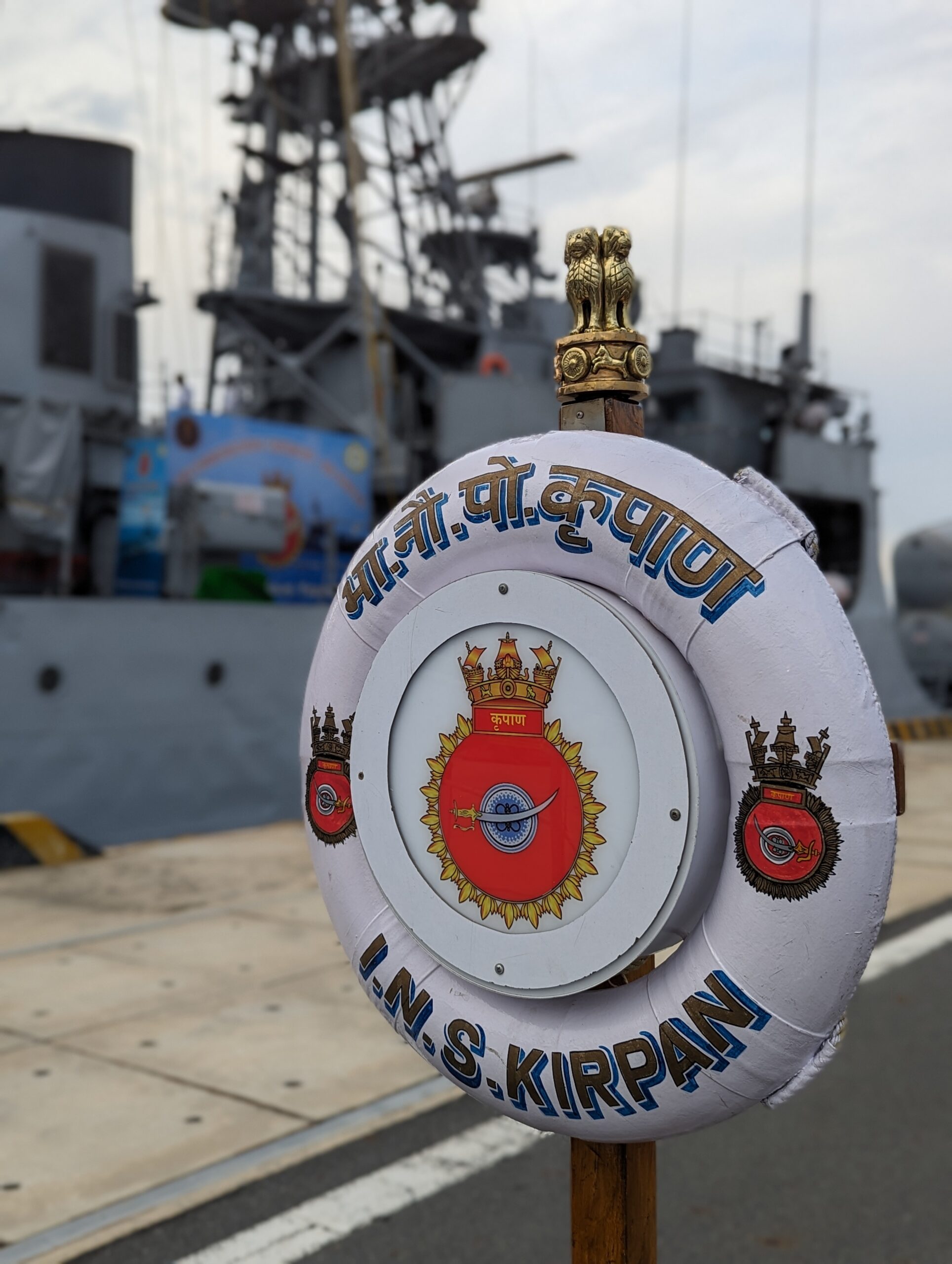INS Kirpan decommissioned from Indian Navy
Context
“The transfer of INS Kirpan from the Indian Navy to the VPN symbolises the status of Indian Navy being the ‘Preferred Security Partner’ in the Indian Ocean Region and would definitely be a catalyst for enhancing the existing bilateral relations between the two navies,” according to a statement from the Navy. “The ship has been turned over to VPN today with the full complement of weapons.”
What is INS Kirpan and What are its capabilities?
- It is an operational missile corvette made in the country.
- It is a missile corvette of the Khukri class that was commissioned into the Navy on January 12, 1991.
- It can move close to 1,400 tonnes with its displacement capacity.
- It is capable of travelling at a speed of above 25 mph.
- Diesel engines assembled in India are used in the Khukri class.
- The ship is equipped with a surface-to-surface missile launcher, a 30 mm close-range cannon, a medium-range gun, and chaff launchers.
- It carries out several different tasks, such as coastal and offshore patrol, coastal security, surface warfare, anti-piracy, and humanitarian assistance and disaster relief (HADR) operations.
What is Corvette?
- A naval ship corvette is a small, fast, and manoeuvrable warship that typically operates in coastal waters.
- Corvettes are adaptable ships that can carry out a range of tasks, including coastal defence, anti-submarine warfare, anti-surface warfare, and maritime patrol.
- Corvettes are smaller than frigates and destroyers, typically ranging in size from 500 to 2,000 tons.
- Corvettes are highly adaptable and can be configured for different mission requirements. They can be used for patrol and surveillance, escorting larger naval vessels, mine countermeasures, and anti-submarine warfare, among other roles.
Why was the INS Kirpan gifted?
- India gifted the INS Kirpan, an indigenously-built missile corvette, to Vietnam to enhance its naval capabilities.
- Additionally, it contributed to strengthening the India- Vietnam relationship which will help in providing India with an ally in the region of South-East Asia.
- The transfer of INS Kirpan from the Indian Navy to the VPN represents the Indian Navy’s standing as the “Preferred Security Partner” in the Indian Ocean Region and will undoubtedly serve as a catalyst for improving the already-existing bilateral ties between the two navies.
How is the bilateral relationship between India and Vietnam?
- Historical Relations: Cultural and commercial exchanges between India and Vietnam go back many centuries.
- Diplomatic Relations: On December 30, 1955, the two nations established formal diplomatic ties.
- Membership in ASEAN: Vietnam and India are both founder members of this organization, which is essential to regional collaboration and economic integration.
- Bilateral Trade: Trade between the two countries has been expanding gradually, with an emphasis on products like oil and gas, rubber, and palm oil.
- Economic Cooperation: To improve connections and increase business prospects, India and Vietnam have taken part in several economic cooperation programs.
- Defence cooperation: Both nations have worked together on defence-related topics, such as joint drills and military training.
- Maritime Conflicts: Like many other nations in the area, India and Vietnam have overlapping claims in certain areas of the South China Sea, which has periodically resulted in hostilities.
- Cultural Exchanges: Tourism, educational initiatives, and cultural exchanges all contribute to strengthening international ties.
- Multilateral Forums: On topics of shared interest, such as climate change, counterterrorism, and sustainable development, India and Vietnam frequently collaborate within regional and global organizations.





